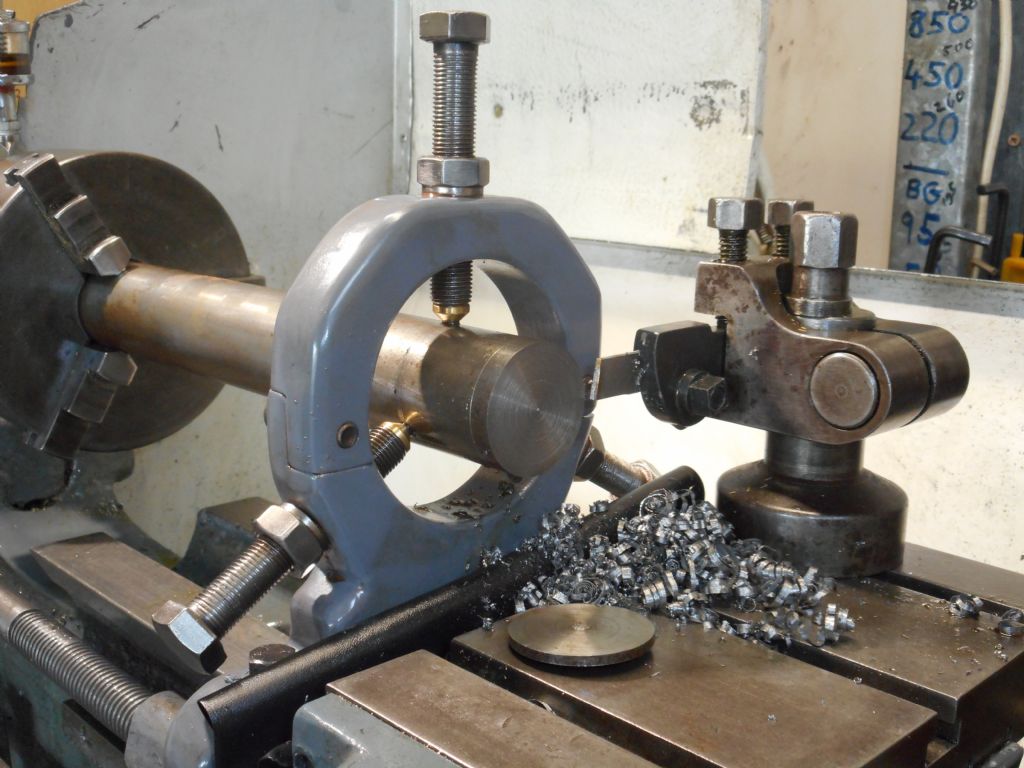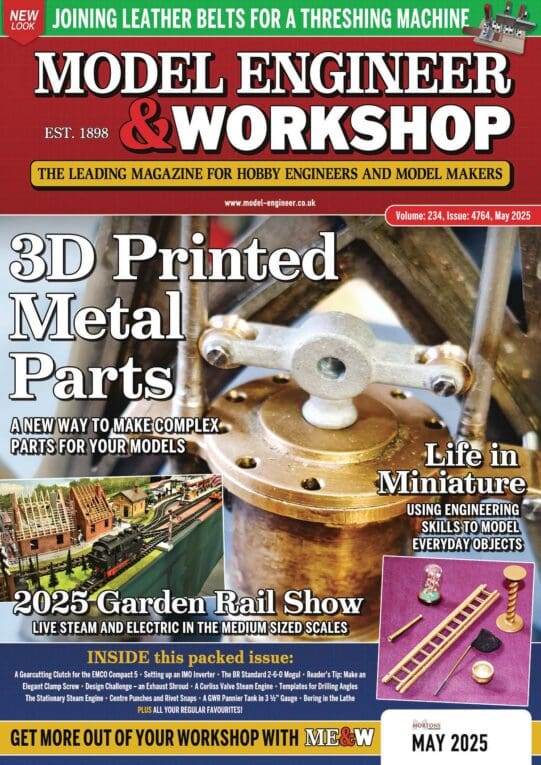Thread locking
Thread locking
- This topic has 24 replies, 17 voices, and was last updated 18 April 2019 at 10:06 by
andrew lyner.
Viewing 25 posts - 1 through 25 (of 25 total)
Viewing 25 posts - 1 through 25 (of 25 total)
- Please log in to reply to this topic. Registering is free and easy using the links on the menu at the top of this page.
Latest Replies
Viewing 25 topics - 1 through 25 (of 25 total)
-
- Topic
- Voices
- Last Post
Viewing 25 topics - 1 through 25 (of 25 total)
Latest Issue
Newsletter Sign-up
Latest Replies





